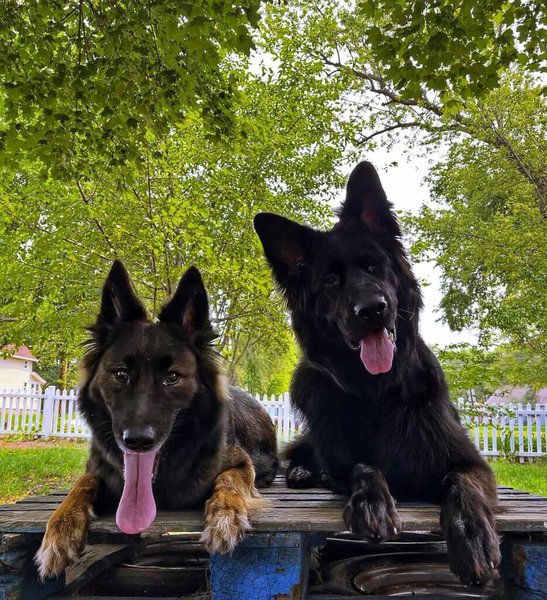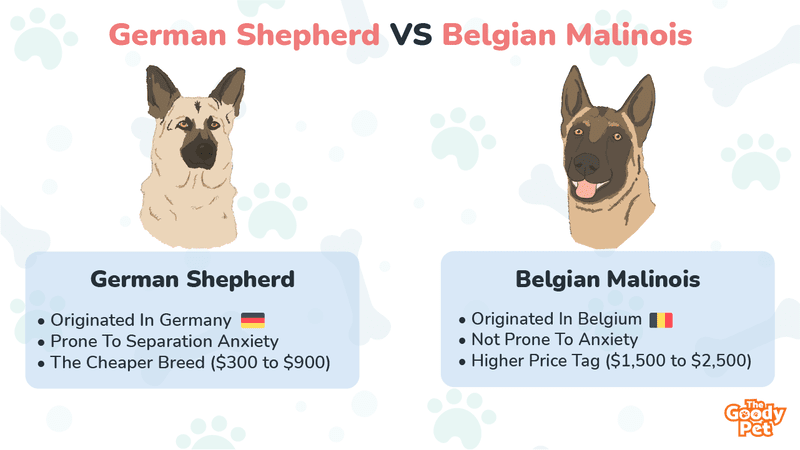Torn between getting a German Shepherd dog and a Belgian Malinois? At first glance, they look like siblings from different mamas. But while they may look itty-bitty similar, these canines are as different as night and day!
For instance, the GSD is just a tad heavier than the Belgian Malinois by about 10 or so pounds. GSDs may also have either a shorter or a longer coat while Belgian Malinois just have a short, weatherproof coat. And in terms of AKC popularity ranking, GSDs are higher up the charts while Belgian Malinois are not far behind.
Should you get a German Shepherd dog or a Belgian Malinois? Here is everything you need to know about these two popular dog breeds.
22. Price
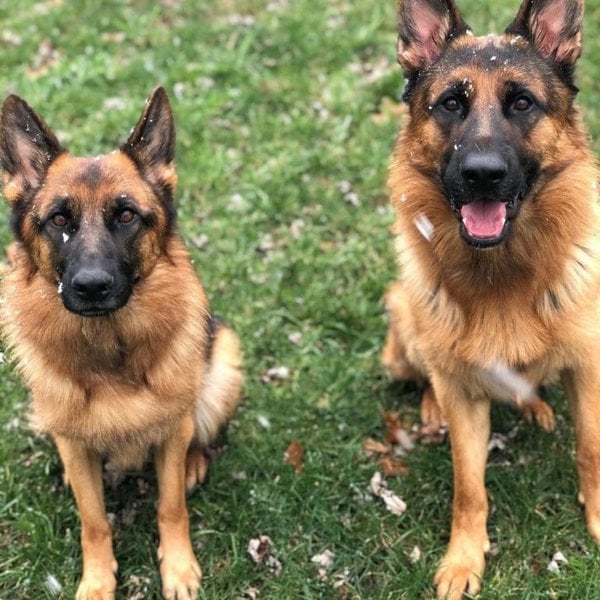
German Shepherd puppies are a tad cheaper than a Belgian puppy. For instance, you can expect to pay around $300 to $900 for a purebred GSD while a Belgian Malinois may set you back around $1,500 as much as $2,500.
But these numbers are just upfront. The long-term maintenance of a Belgian Malinois can rack up your bills to as much as $40,000 a year for vet care, food, supplies, and miscellaneous items.
21. Health Problem: Von Willebrand’s Disease
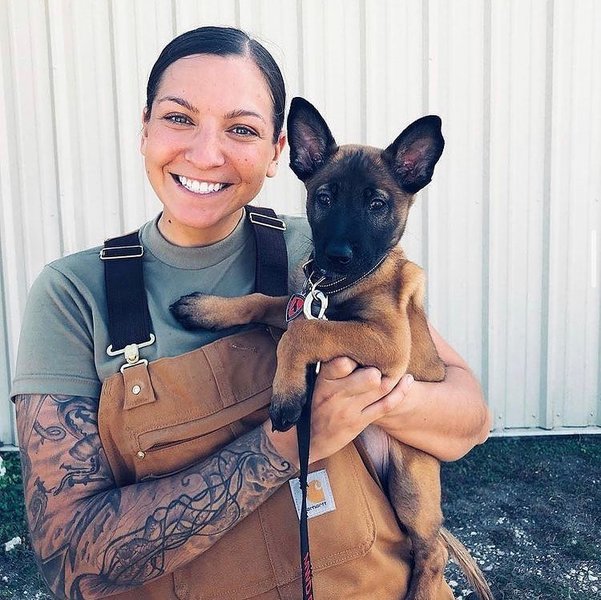
Von Willebrand’s Disease is a bleeding disorder that both German Shepherd dogs and Belgian Malinois are predisposed to. This hereditary ailment is caused by an insufficient supply of von Willebrand factor protein in the body, which helps to control bleeding.
The chances of getting this disease for a purebred GSD are higher than for a Belgian Malinois. While there is no cure for this genetic disease, it can be managed accordingly.
20. Health Problem: Progressive Retinal Atrophy
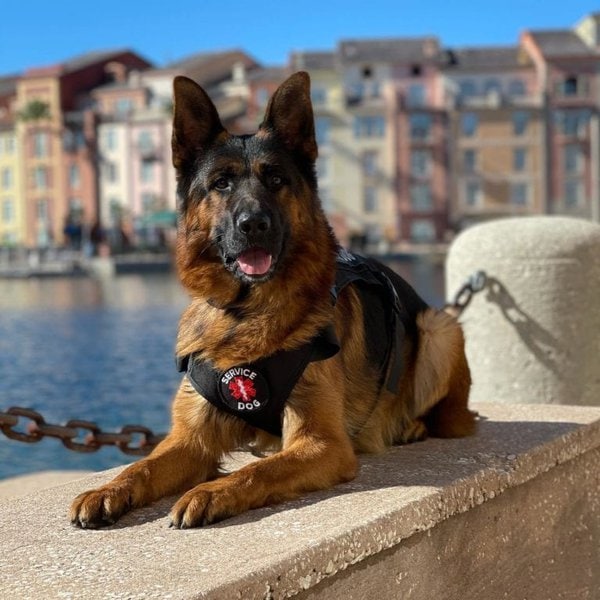
German Shepherd dogs are at a high risk of Progressive Retinal Atrophy. Over time, this eye problem can lead to blindness. In GSDs, it is common to observe symptoms of this disease at about 2 years old.
As for Belgian Malinois, this disease can present itself in canines aged 3 to 5 years. PRA is a painless condition; however, there is currently no cure for it.
19. Health Problem: Degenerative Myelopathy
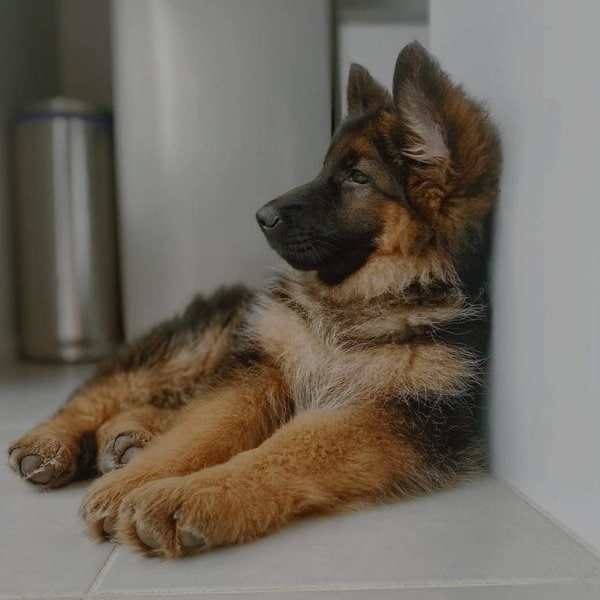
Another condition that GSD owners need to be aware of is Degenerative Myelopathy. It’s kind of the equivalent of MS (Multiple Sclerosis) in canines. This progressive disease impacts the spinal cord, which negatively affects muscle coordination. As time goes by, dogs suffering from this disease become unable to walk.
In German Shepherds, this disease becomes apparent once they hit 5 to 14 years of age. Whereas in Belgian Malinois, it is often seen in adult dogs aged 2 years and over.
18. Health Problem: Exocrine Pancreatic Insufficiency
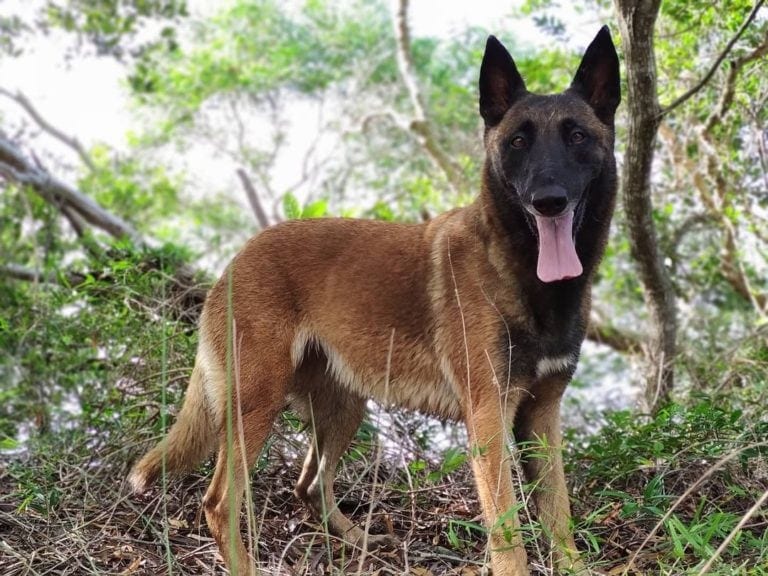
Exocrine Pancreatic Insufficiency or EPI is a condition in which the pancreas is unable to produce digestive enzymes. Thus, this impacts a canine’s ability to digest food properly, which can be a big problem over time.
About 70% of GSDs are diagnosed with this disease while a smaller percentage was observed in Belgian Malinois. Fortunately, there is treatment available for this condition.
17. Lifespan
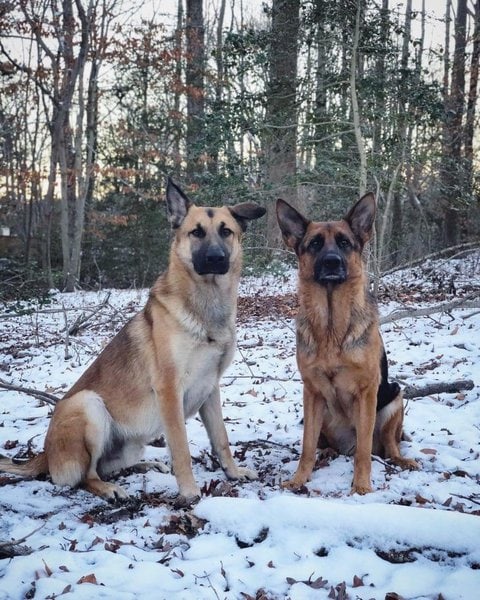
The average lifespan of a GSD is 11 years. However, there are some German Shepherds who lived up to 18 years of age – sometimes even longer than that! It all depends on the right diet, veterinary care, and exercise.
Belgian Malinois that are active and healthy can live up to 15 years. They require a cooler climate and a large space to exercise, live comfortably, and thrive.
16. Top Speed
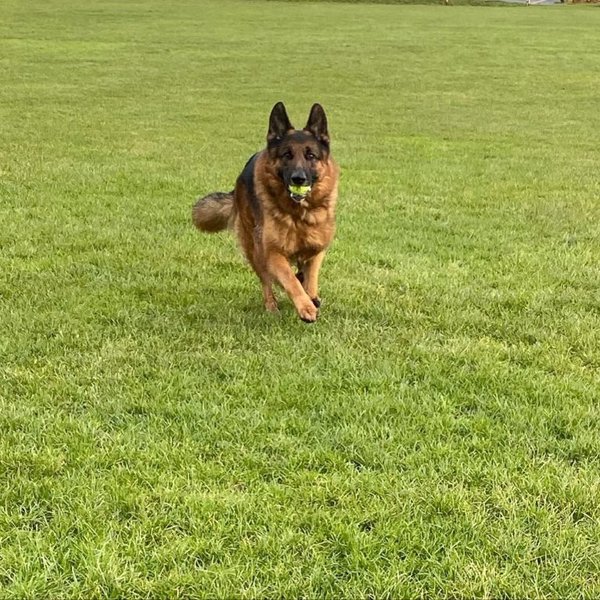
GSDs are some of the fastest dog breeds. For instance, they can run up to 30 miles per hour. With their impressive speed, intelligence, and obedience, they make excellent K9 police officers and herders.
Trailing behind – but not too far behind – is the Belgian Malinois at 28 miles per hour. They are fast runners and have sturdy bodies to handle all sorts of situations. When it comes to search and rescue and military tasks, these canines can do the job well.
15. Bite Force Strength
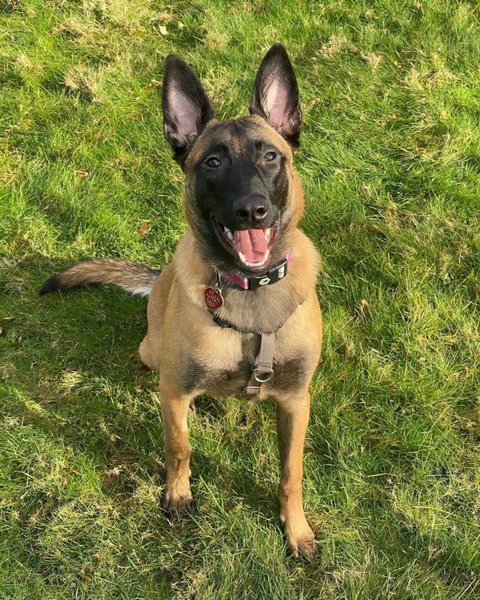
One look at a German Shepherd and you can easily tell these dogs mean business. They are not the type of dogs you toy around with, especially when they are on a mission to hunt the villains down. With a bite force of 238 PSI, their teeth truly pack a punch.
The Belgian Malinois has just as much power and strength. Thanks to their impressively sturdy jaws, their bite force averages 195 PSI. One bite should be enough to crush your bones!
14. Exercise
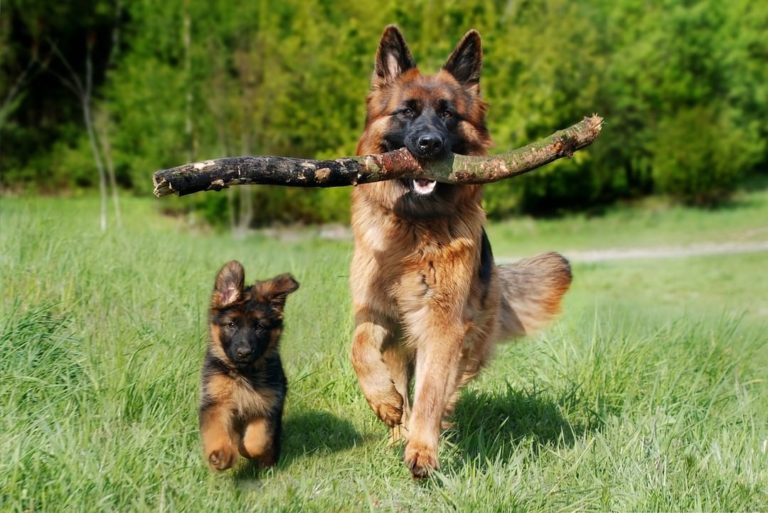
To keep them in excellent shape, German Shepherds need a minimum of 90 minutes per day of physical activity. Whether it is playing, brisk walking, or running, these all help to improve their energy level and overall health.
The same holds true for Belgian Malinois. These canines are made for action, so they need up to 120 minutes a day of playtime and exercise. Both obedience and agility trainings are great to ensure their thriving condition.
13. Living Environment
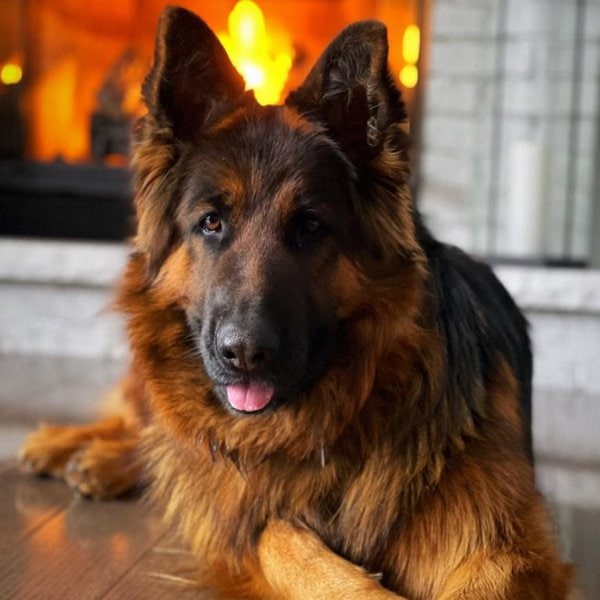
Although both breeds are large and take up a lot of room in the house, they can easily adapt to an apartment. German Shepherds can be apartment dwellers, so long as they can go out for a walk daily.
With Belgian Malinois, they would be fine in an apartment that has a reasonably sized yard to romp around. If you have air conditioning in your home, it is even better since Belgians like it nice and cool.
12. Height
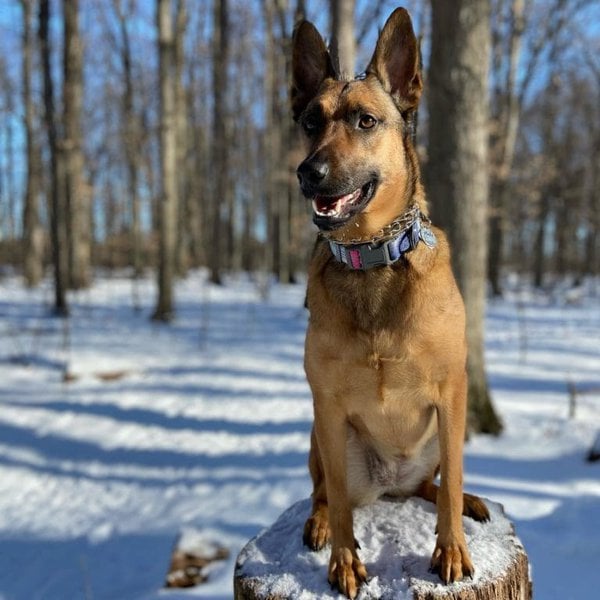
Standing at 26 inches tall for males and 24 inches for females, German Shepherds are large dog breeds. There are also medium-sized ones that barely go shorter than 22 inches tall for both males and females.
On the other hand, Belgian Malinois are just a tiny bit shorter than GSDs. Male Belgians are about 25 inches in height while females are 23 inches tall.
11. Shedding Level
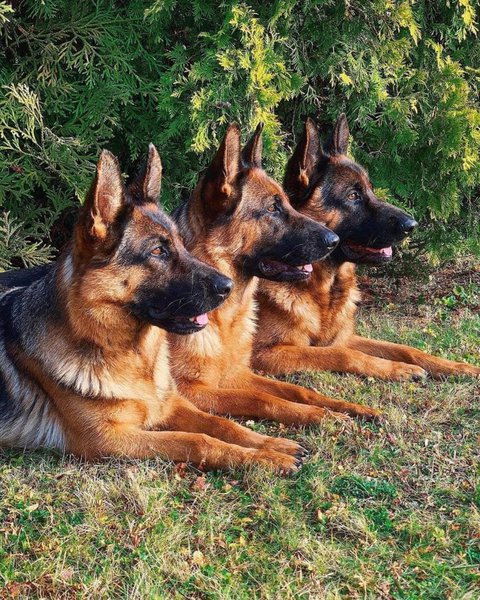
German Shepherds are heavy shedders. With their dense coats, these dogs shed excessively all year round. They also “blow” their undercoat a couple of times per year. This is why regular grooming is a must for these pups.
Shedding is a bit under control with the Belgian Malinois. They shed moderately year-round but can be quite excessive during the spring and fall. The seasonal shedding can last for two to about three weeks.
10. Grooming Frequency
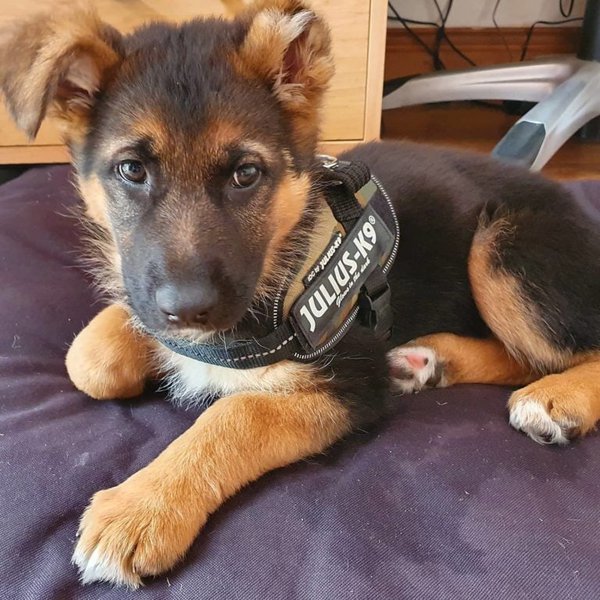
Considering how dense their coats are, you need to brush your GSD’s thick coat 3 to 4 times per week. This helps to keep the hair nice and shiny. Frequent brushing also removes loose hair.
Belgian Malinois have shorter coats, yet can get rough when poorly maintained. Thus, it is important to brush their coat at least once a week. A weekly brushing removes dead hairs and maintains the neat look of their coat.
9. Maintenance Level
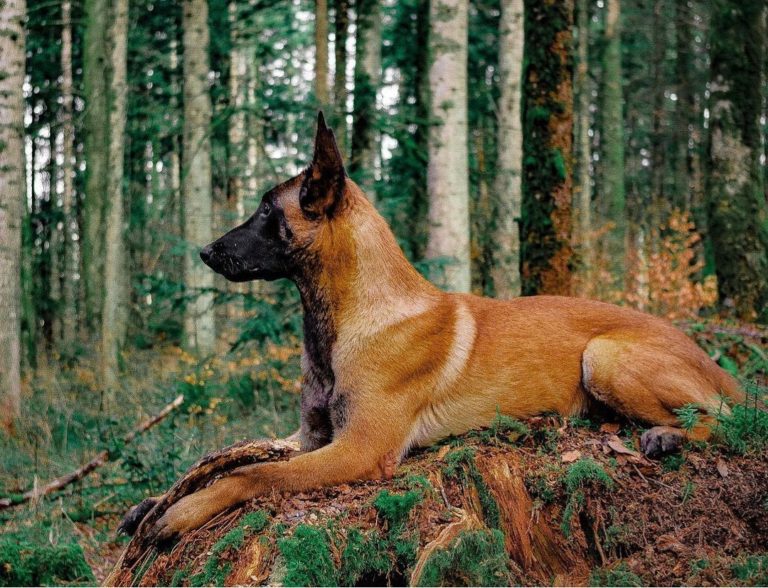
They may appear as independent pooches but GSDs can be a bit demanding in some areas. These dogs shed a lot and require daily exercise to thrive. Add in some bouts of separation anxiety, and GSDs can quickly become high-maintenance dogs.
With Belgian Malinois dogs, it can be a smidge easier to maintain them because of their moderate shedding. They are just as energetic as the GSD but you can simply leave them running in the yard for their exercise. They are also not prone to anxiety.
8. Breed History: Origin Year
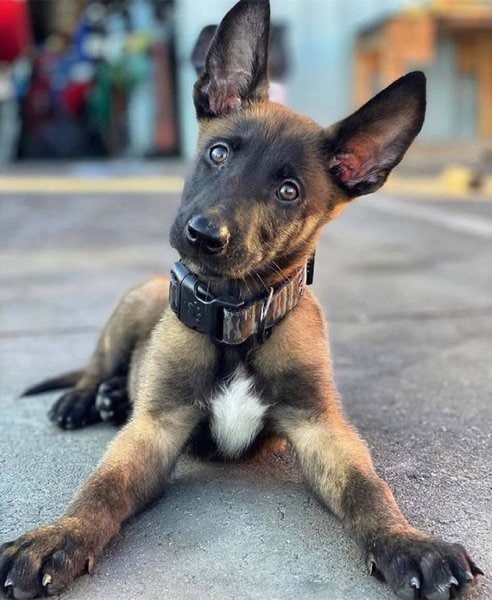
German Shepherds were first bred in the latter half of the 1800s. These were originally bred as herders and guard dogs, designed to protect cattle from predators.
Belgian Malinois is one of the four classifications of Belgian herding canines. They were bred in the 1950s as working dogs. These are active and agile dogs that perform well in various tasks including police work, herding, and so much more.
7. Country Of Origin
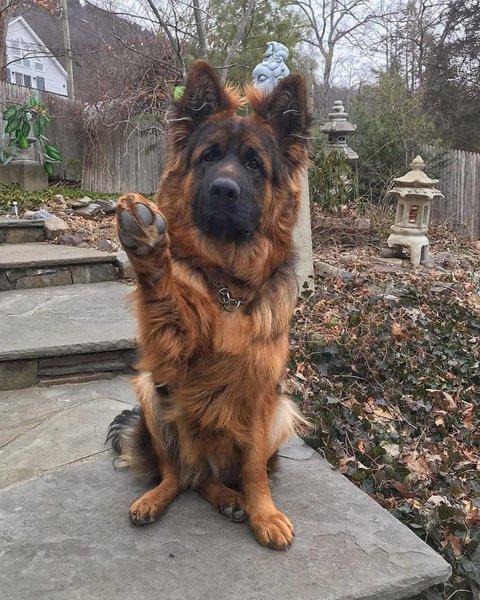
As the name implies, German Shepherds originated in Germany. On the other hand, the Belgian Malinois dog’s origin is in Belgium.
The only similarity is that both dog breeds originate from the same continent of Europe, which can plausibly be a reason behind the similarity in their appearance.
6. Suitability For Being A Family Dog
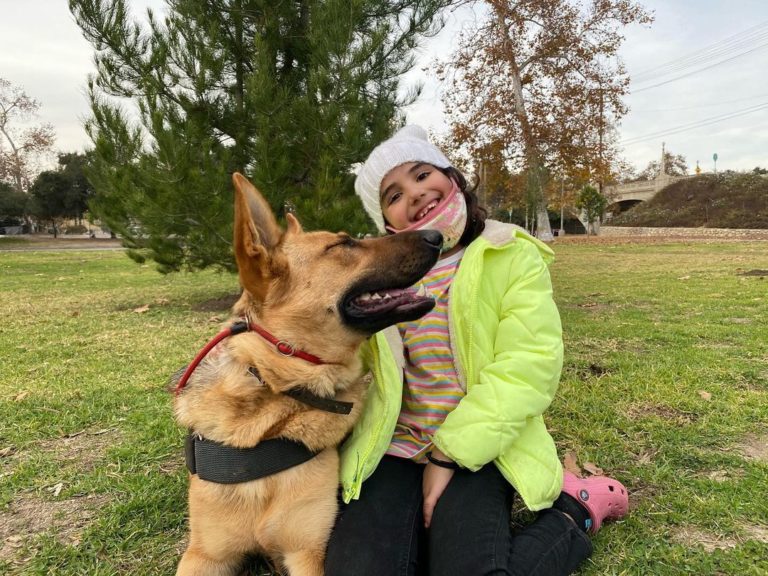
While they may appear rather intimidating, German Shepherds are actually gentle and affectionate. They are courageous protectors who are always ready to defend their families. With early training, they should do well with children.
Belgian Malinois are working dogs that consider their families as their pack. Proper socialization is essential to make sure that they get along with children and other pets in the house.
5. Assigned Jobs
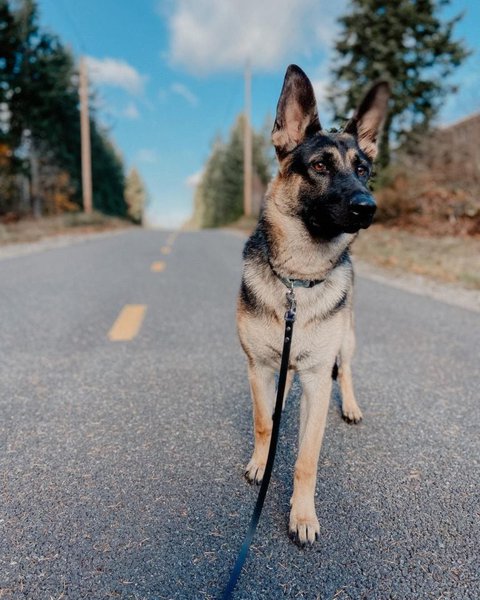
GSDs are herding dogs. These hardworking canines are intended to guard and herd cattle in farms. They can also do police tasks because of their inherent intelligence and alertness.
Trained as working dogs, Belgian Malinois are obedient and sturdy fellows. They are highly regarded in today’s world as protection canines, military, and police dogs, as well as companion dogs.
4. Coat Colors
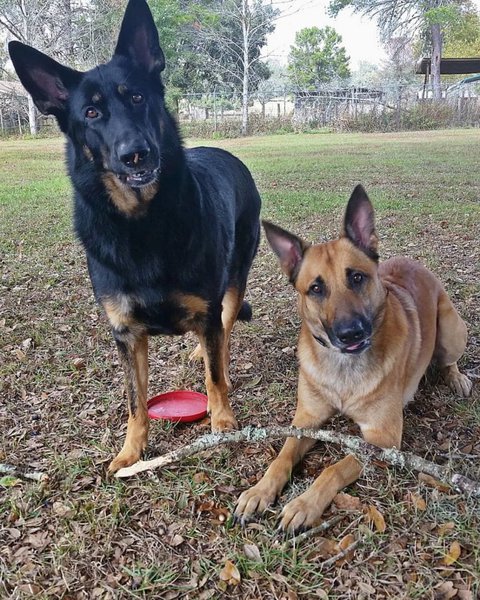
German Shepherds come in a variety of coat colors. The most common ones include sable, black, blue, brown, silver and black, and black and tan. However, spotted patterns and pure white coat colors are not recognized as purebred.
A Belgian Malinois has coat colors in mahogany or rich fawn. They also have black masks and solid black ears that highlight their rich, dark eyes.
3. Popularity
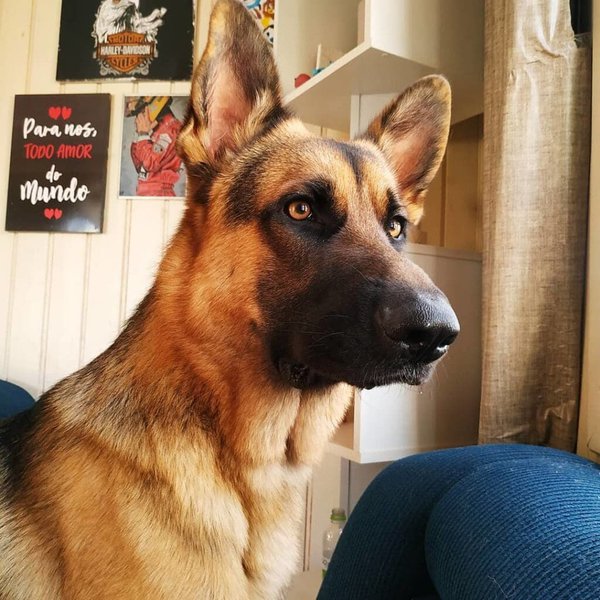
In 2018, German Shepherds ranked number 2 out of 197 dog breeds recognized by the AKC. On the other hand, Belgian Malinois dogs were AKC’s 43rd most popular canine breeds.
Imagine walking both breeds on the streets full of people. Both of them are bound to be head-turners, and prepare for lots of photos to be taken!
2. Coat Length And Type
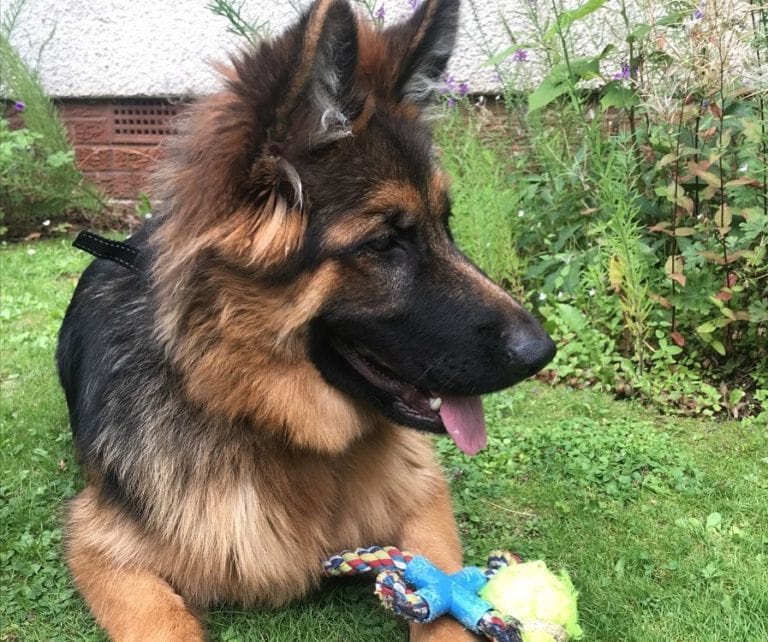
There are two types of coat lengths in GSDs. They may either have a short or long coat. However, both coats come with an undercoat, which makes them dense. The undercoat also keeps it weatherproof, allowing the dog to survive in tough conditions.
With Belgian Malinois, the coat is usually straight and short. They also have a thick undercoat, which ensures a weather-resistant quality.
1. Weight
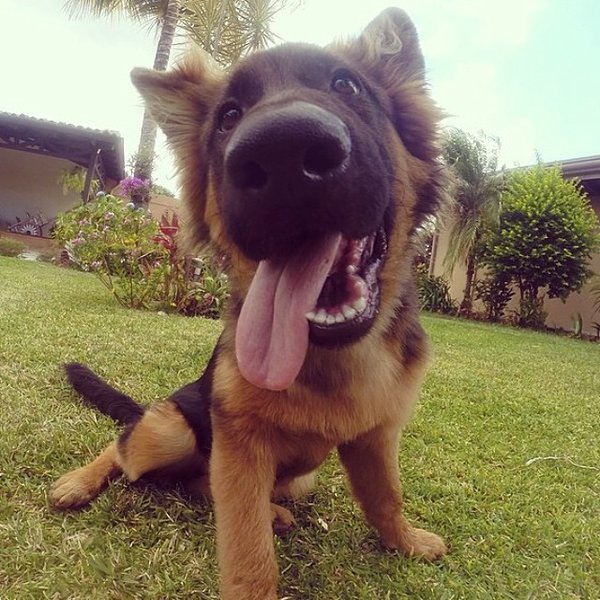
Male German Shepherds weigh about 75 to 90 pounds. In the case of female GSDs, they typically tip the scale at 55 to as much as 70 pounds.
Meanwhile, Belgian Malinois are a little lighter at 60 to 80 pounds for males. Female ones are roughly at around 40 to 60 pounds in weight.
Related Questions
Why Are Belgian Malinois Replacing German Shepherds? It is common to find German Shepherds and Belgian Malinois performing police and military tasks. However, Belgian Malinois are starting to replace German Shepherds because of their greater aggression level. They also have a higher energy level than GSD, making them more capable of performing intense tasks.
Which Is Better Belgian Malinois Or German Shepherd? Both Belgian Malinois and German Shepherds are such great dogs that none is better than the other since proper training makes them both equally excellent canines. They are reliable canines that can do various tasks including herding, guarding, and protecting.
Is There A Belgian Malinois German Shepherd Mix? The Malinois X is a crossbreed of the German Shepherd and the Belgian Malinois. These canines look like either parent, and they are energetic, intelligent, and obedient dogs.
